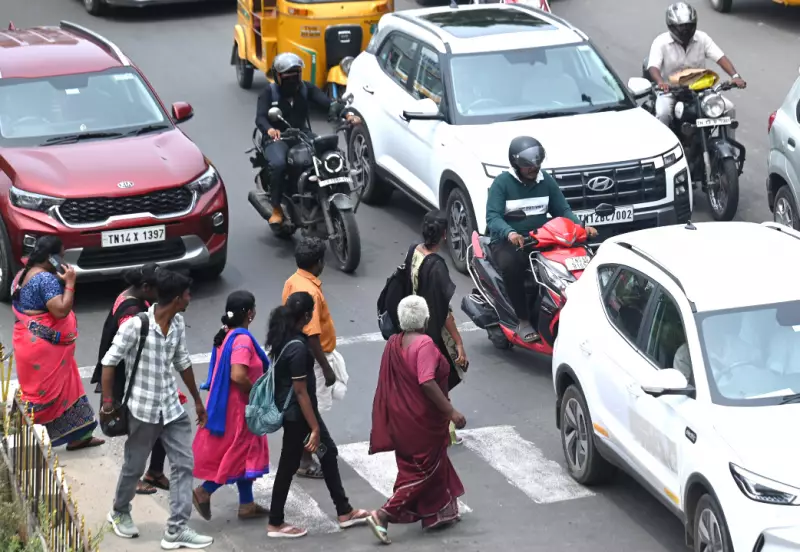
In a landmark judgment that could transform how Indians navigate their cities, the Supreme Court has issued sweeping directives to safeguard pedestrians across urban India. The ruling comes as a response to the alarming statistics of road accidents that claim thousands of pedestrian lives annually.
What the Supreme Court Has Ordered
The apex court has mandated comprehensive pedestrian safety measures that state governments and municipal authorities must implement without delay. Key requirements include:
- Proper footpaths and pavements along all urban roads
- Designated pedestrian crossings with clear markings and signage
- Regular safety audits of existing pedestrian infrastructure
- Immediate removal of encroachments blocking footpaths
- Implementation of traffic calming measures near crossings
Why This Ruling Matters Now
The timing of this judgment couldn't be more critical. With India's urban population swelling and vehicle numbers skyrocketing, pedestrians have become the most vulnerable road users. The court noted that the "right to safe roads is a fundamental right under Article 21" of the Constitution, emphasizing that pedestrian safety can no longer be treated as an afterthought in urban planning.
The Human Cost Behind the Ruling
This judicial intervention follows a Public Interest Litigation (PIL) that highlighted disturbing data: pedestrians account for a significant percentage of India's staggering 1.5 lakh annual road accident deaths. The court observed that the absence of basic walking infrastructure forces citizens to risk their lives daily while simply trying to cross roads or walk to their destinations.
What Changes Citizens Can Expect
If implemented effectively, Indian cities will undergo a pedestrian-friendly transformation. Imagine wider, unobstructed footpaths, properly marked zebra crossings, pedestrian signals at intersections, and reduced vehicle speeds near walking areas. The ruling specifically addresses the needs of children, elderly citizens, and persons with disabilities who face the greatest risks on current roads.
The Supreme Court has set clear deadlines for compliance and requires regular progress reports from state authorities. This ruling represents not just a legal mandate but a fundamental shift toward making Indian cities more humane and walkable for all citizens.





